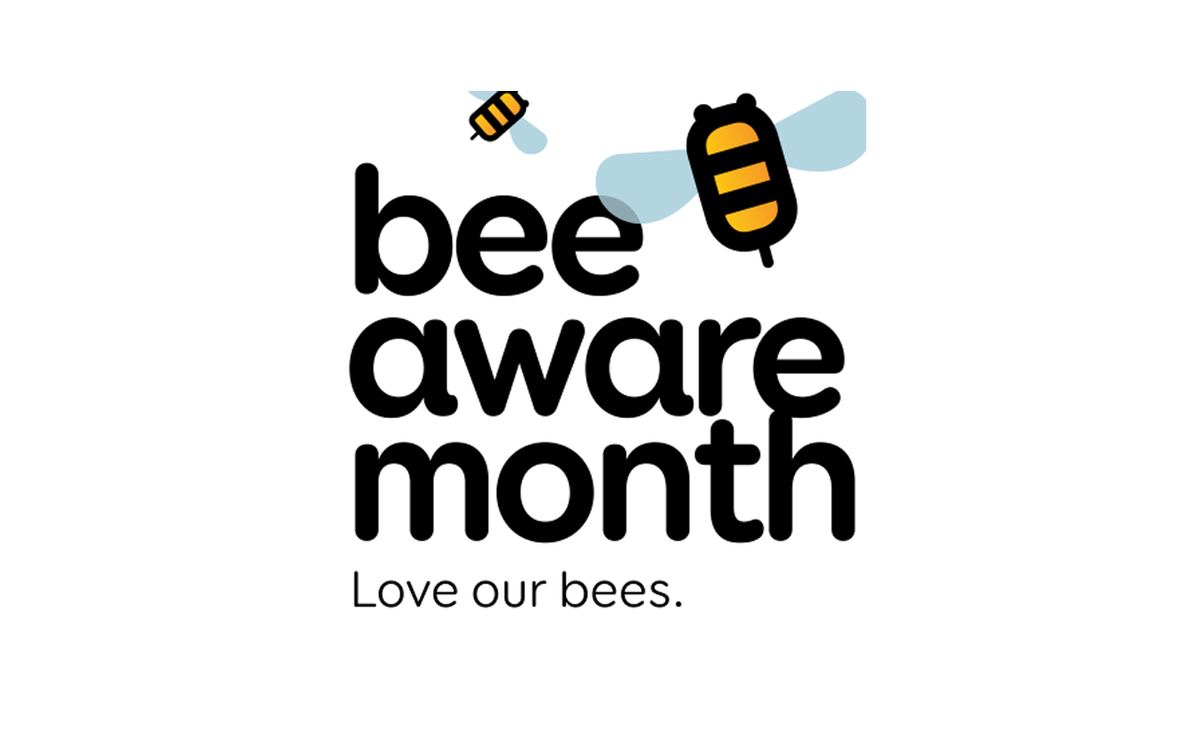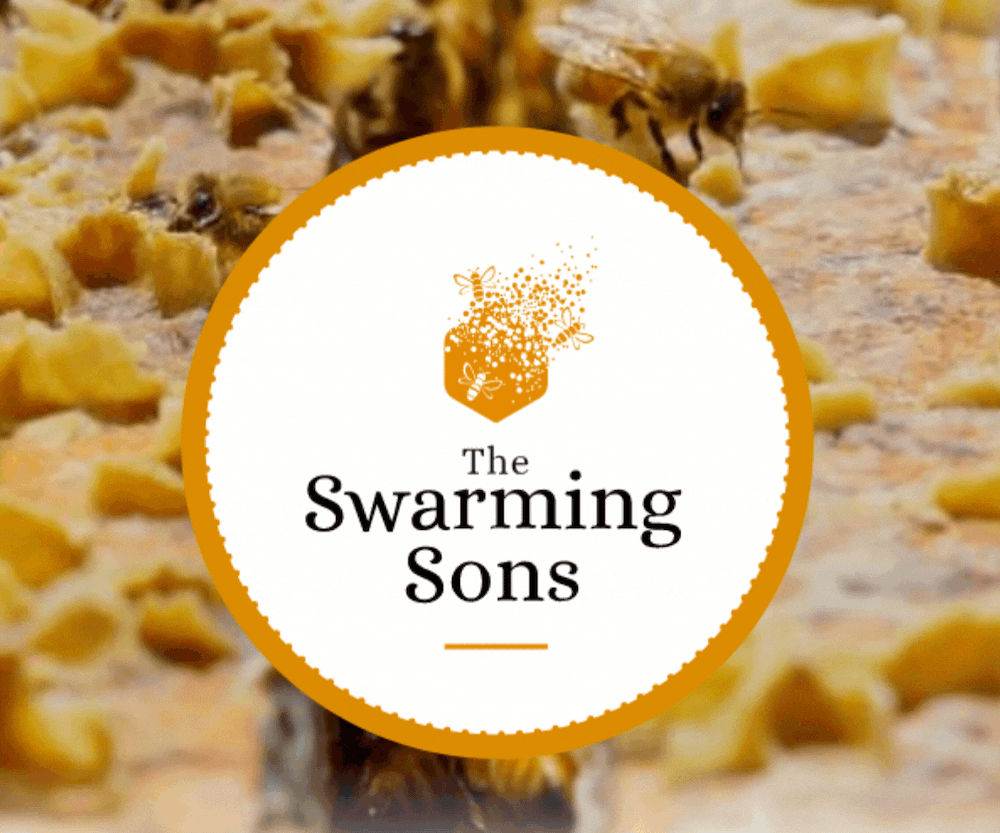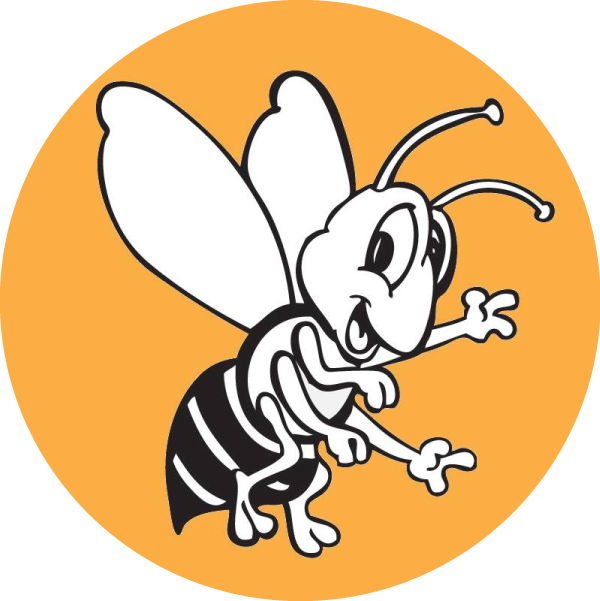Bee Aware Month
Sponsored content / Published by Arrangement
22 September 2021, 11:51 PM

September is Bee Aware month and Geoff "The Bee Man", who is also president of the Southland Bee Society (Southern Hub), is keen to enlist the help of gardeners, lifestyle blocks and farmers.
Choosing bee friendly plants helps sustain our honey bees and other pollinators, while also creating wonderful gardens, riparian areas and shelterbelts, as well as beautiful places for everyone to enjoy.
What can you do around the garden?
- Do not spray when plants are in flower or bees are present. Spray early morning or at sunset.
- Provide fresh pesticide-free drinking water for bees.
- Plant good nectar and pollen sources in your garden to nourish bees.
Choose bee-friendly kitchen and herb plants
Herbaceous
- Basil (Ocimum basilicum)
- Chives (Allium schoenoprasum)
- Cucumber, melon (Cucumis spp.)
- Echinacea (Echinacea purpurea)
- Pot marigold (Calendula officinalis)
- Sage (Salvia officinalis)
- Squash, pumpkin (Cucurbita spp.)
- Sunflower (Helianthus annuus)
- Sweetcorn (Zea mays)
Trees, shrubs and climbers
- Apple (Malus spp.)
- Bay laurel (Laurus nobilis)
- Kiwifruit (Actinidia deliciosa)
- Lavender (Lavandula spp.)
- Lemon, orange, grapefruit (Citrus spp.)
- Pear (Pyrus spp.)
- Plum, peach (Prunus spp.)
- Rosemary (Rosmarinus officinalis)
Be sure to select cultivars that attract bees:
- Select “single” flowers not “doubles” or “triples”
- Choose simple traditional flowers not highly modified flowers
- Garden catalogues often mark which cultivars attract bees
Choose bee-friendly ornamental flowers & plants
Herbaceous
- Balsam (Impatiens glandulifera)
- Cornflower (Centaurea spp.)
- Hollyhock (Alcea spp.)
- Michaelmas daisy (Aster novae-angliae)
- Penstemon (Penstemon spp.)
- Phacelia (Phacelia tanacetifolia)
- Salvia (Salvia spp.)
- Sweet alyssum (Lobularia maritima)
- Zinnia (Zinnia spp.)
Trees, shrubs and climbers
- Australian gum (Eucalyptus spp.), wattles (Acacia spp.) and Banksia (Banksia spp.)
- Bottlebrush (Callistemon spp.)
- Cabbage tree (Cordyline australis) *
- Camellia (Camellia spp. – single flowers only)
- Harakeke, NZ Flax (Phormium tenax/cookianum) *
- Koromiko (Hebe stricta/salicifolia) *
- Maple (Acer spp.)
- Michelia (Michelia spp.)
- NZ jasmine (Parsonsia heterophylla) *
- NZ Lacebark (Hoheria populnea/sexstylosa/angustifolia) *
- Oak (Quercus spp.)
- Pohutukawa/Rata (Metrosideros spp.) *
- Putaputaweta (Carpodetus serratus) *
- Rengarenga (Arthropodium cirratum) *
- Rewarewa (Knightia excelsa) *
- Tarata, kohuhu, karo (Pittosporum spp.) *
- Three/Five finger (Pseudopanax colensoi/arboreum) *
- Tulip tree (Liriodendron tulipifera)
- Wisteria (Wisteria sinensis)
*indicates NZ native plant species; spp. = species
Planting for bees
- Plant in generous clusters of the same species for wow factor and Bee Appeal
- Large clusters of each species will attract bees into your garden
- Plant flowers for each season
- A steady source of nectar and pollen all year round sustains bees
Do not plant prohibited or controlled weeds. If in doubt check it out:
The National Pest Plant Accord (NPPA) - www.biosecurity.govt.nz/nppa
Environment Southland website - Southland Pest Hub
[Source: Trees For Bees NZ]

